

Volume 19
Published on December 2023Volume title: Proceedings of the 2nd International Conference on Interdisciplinary Humanities and Communication Studies
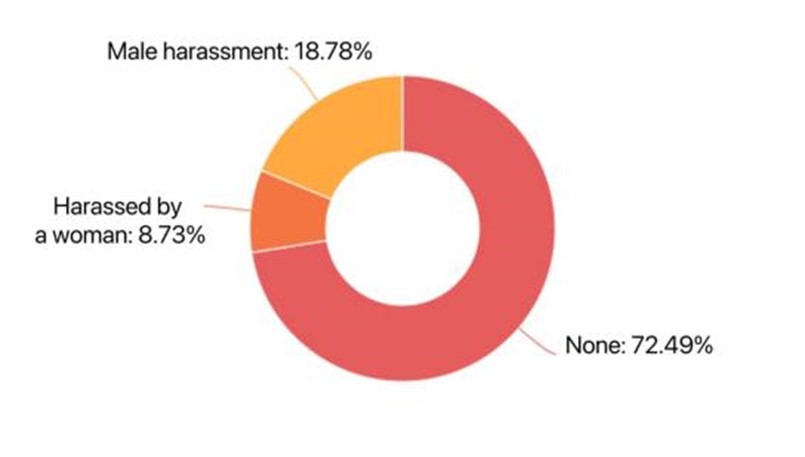
From the past to 2023, an interesting phenomenon has emerged where some users on social media platforms set their gender to the opposite of their actual gender. The development of society, job pressures, gender conflicts, and other factors have contributed to the various reasons behind gender inversion. This paper aims to investigate the reasons behind this phenomenon and explore the reflection of this social issue of gender inversion in social media software, as well as its manifestations in work demands and gender discrimination. This paper conducts a questionnaire survey to investigate the characteristics of individuals who have engaged in gender reversal behavior. The survey included questions about their age, education level, and frequency of internet use, among other factors. In addition, the survey also examined the reasons behind the gender reversal behavior in this group. The results showed that privacy protection, unfair treatment, and work requirements were three significant reasons. Furthermore, this study will provide strategies for internet platforms to improve user privacy issues.

 View pdf
View pdf


Given that the vast majority of readers cannot read an ancient text in its original language, translations may be their only source of understanding the meanings of the texts. While letting readers steal glances at the beauty of ancient knowledge, sometimes translations in fact prevent readers from interpreting the text correctly. This paper discusses a case of three different translations of Daodejing in detail. Based on a theoretical framework of the “correct” or “proper” interpretation of the text, the translations are evaluated accordingly. Two conclusions are drawn from a detailed etymological study that give rise to the best translation of the three. Firstly, interpreting the text in its original cultural context automatically prefers some modern interpretations over the others. Secondly, the problem is not limited to Daodejing. Many similar situations have been documented, and a potential systematic solution has recently been found.

 View pdf
View pdf


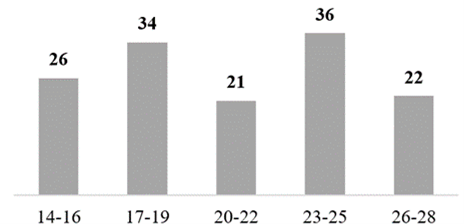
This paper examines the purchasing preferences of Chinese Generation Z fans for human and virtual idols on TikTok. It explores how social media companies leverage fan creativity and algorithmic recommendations to drive product sales and foster industry growth. The paper illustrates fans’ purchasing desires and analyzes their purchasing behaviors on social media platforms. Through survey data (139 valid questionnaires), the paper assesses user stickiness, content identification, and the variations in purchasing power and product preferences between fans of human and virtual idols. The findings reveal four key insights. 1. There are distinct purchasing preferences between fans of human idols and virtual idols, as human idol fans tend to favor practical items; virtual idol fans show a keen interest in limited collections and online/offline experiences. 2. Virtual idol fans exhibit stronger user loyalty and emotional connection than their human idol counterparts. 3. Virtual idol fans display less rational behavior and possess higher purchasing power for idol-related products. 4. The paper suggests different marketing strategies to target these two groups effectively. The paper provides research methods, experimental results, data analysis, and implications for marketing strategies and fan engagement.

 View pdf
View pdf



With the booming of social media, diverse and accurate user figures can significantly improve personalized experiences in industrial applications like advertisements and recommender systems. Meanwhile, deep learning is widely used in user tag construction, which means mining labels with practical significance through historical interaction behavior. For instance, clicking on advertisements and conversions can express the tags of users’ interests and intentions. The construction of accurate user figures is difficult, the potential of existing modal data has been plumbed, and the challenge is the need for further features. Then, optimizing recommender systems’ accuracy through diverse methods becomes the key to the sustainable development of each social media platform. Recently, Myers–Briggs Type Indicator (MBTI) test results become a highly discussed topic in the mass media, and enough samples have been accumulated to confirm its scientific validity. Indeed, MBTI results strongly correlate with personal habits and preferences, which the recommender system of social media has not fully applied. Therefore, this paper has researched optimizing the recommender system of social media platform content based on MBTI results, which mainly focus on the food topic of the RED app. The following has adopted the questionnaire as the primary research method, supplemented by the literature review and observation method. The research concluded that different MBTI have different dining habits and preferences. As preliminary research of relevance, the value of this discovery can help develop accurate user profiles and optimize the quality of content recommendations.

 View pdf
View pdf


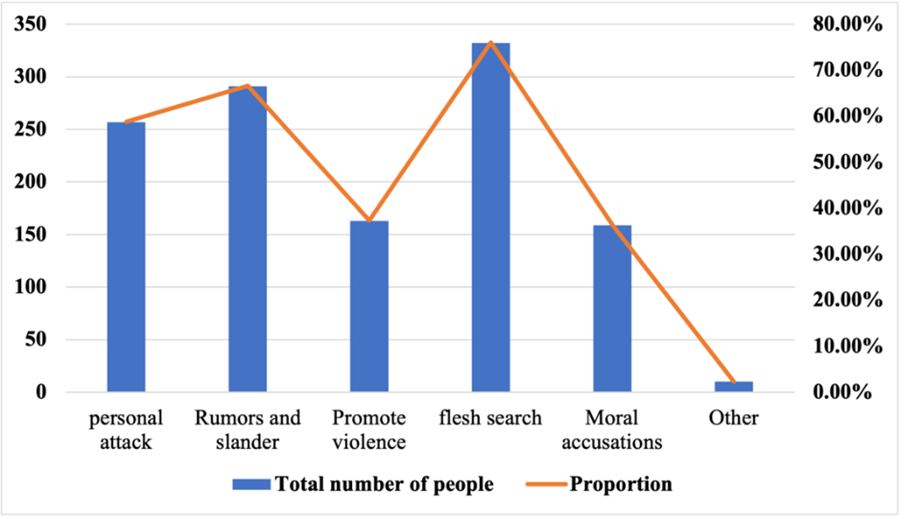
In today’s new high-tech era, the phenomenon of cyberviolence, with the proliferation of social media in most people’s lives, has attracted global attention to cyberviolence and its victims. More and more research evidence shows that victims vulnerable to cyber violence share many similar characteristics. So, this paper aims to conduct a scientific study to find out the specific portrait of the vulnerable victim group. This paper collects data from network questionnaires, frequency analysis, validity analysis, reliability analysis, and chi-square test. A total of 437 random Chinese netizens participated in this study; the results of the study show that the people who are vulnerable to network violence, basically in line with the portrait, the experimental results present: the susceptible boys are those who are Gentle and Kind, have a postgraduate education, are underage, and work in the service industry. The susceptible girls are radical, with a high school education or below, aged 10-19, primarily underage, and working as housewives. This paper can provide direction for cybersecurity practitioners to reduce the harm suffered by victims of cyberviolence.

 View pdf
View pdf


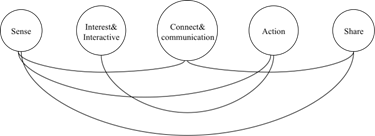
Short video has gradually developed into one of the practical expression ways of information content communication in the mobile Internet—various social media and e-commerce use opportunities from this trend. College students are the most active and mainstream group in Short video. The fragmented communication mode, exciting content, and business behavior of short videos have been integrated into the group of college students, influencing them all the time, including but not limited to purchasing behavior. In this paper, college students are selected to build a mechanism model of the influence of word-of-mouth characteristics of social e-commerce networks on college students’ purchase intention, and the model is tested through empirical research. The results showed that when brand marketing is enhanced, brand interaction, experience perception, interest, and perception are enhanced. The more frequently consumers interact with the brand, the more frequently they connect and communicate with it, and their purchasing behavior will be enhanced.

 View pdf
View pdf


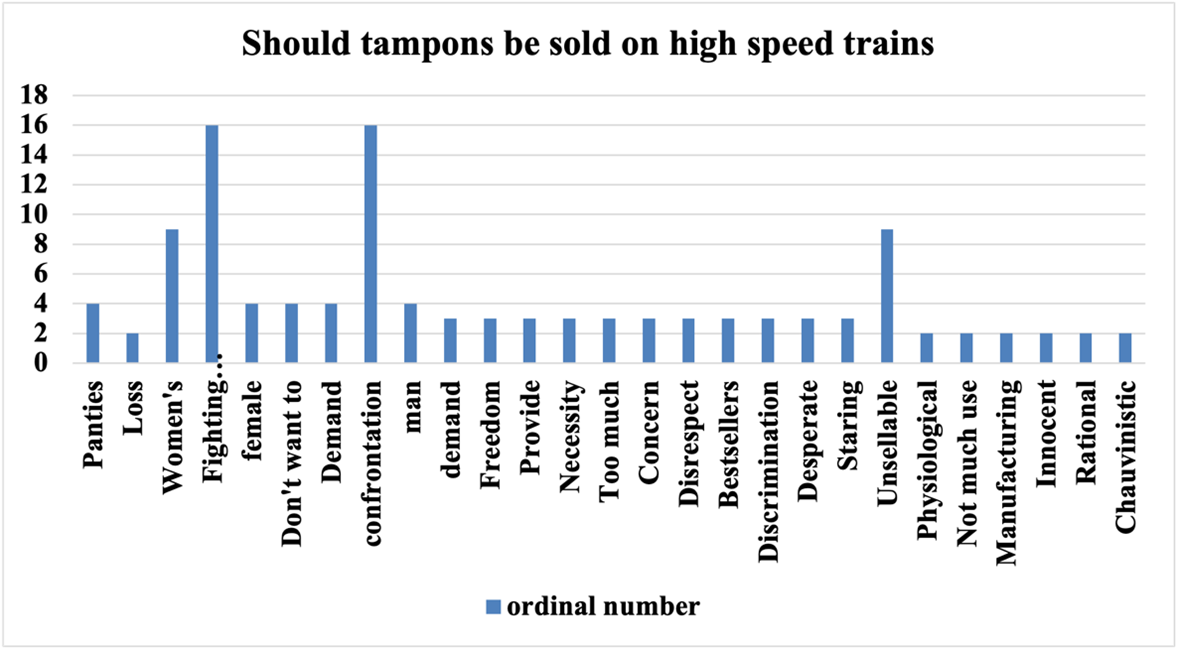
Due to the rapid advancement of Internet technology, cyber violence has grown to be a massive issue driven primarily by public opinion and social events. In order to investigate the potential crisis of Chinese social media below the surface of public opinion governance, this paper focuses on several archetypal examples in which women are the subject and public opinion is out of focus, leading to ethical misconduct in public opinion. This paper used three research techniques to gather information from Chinese social media users about a specific theme: a questionnaire survey, real-time hotspot data collecting, and case comparison analysis. This paper successfully obtains a large number of data points and analyzes them. Combine this with the change in the interaction mode between the media and Internet users in the “Internet+” era in recent years and the trend from one-way communication to two-way interaction, and this paper discusses the changes in the media environment and the new problems caused by them and further analyzes the practical data. Finally, it explores the problem that China’s social media has been neglected in responding to online violence events: the traffic bias of the content reported by social media platforms has harmed netizens’ legal consciousness in terms of online violence, and the victims do not understand the means of safeguarding their rights according to law, while the perpetrators do not know the consequences of online violence, which makes online violence events emerge endlessly.

 View pdf
View pdf


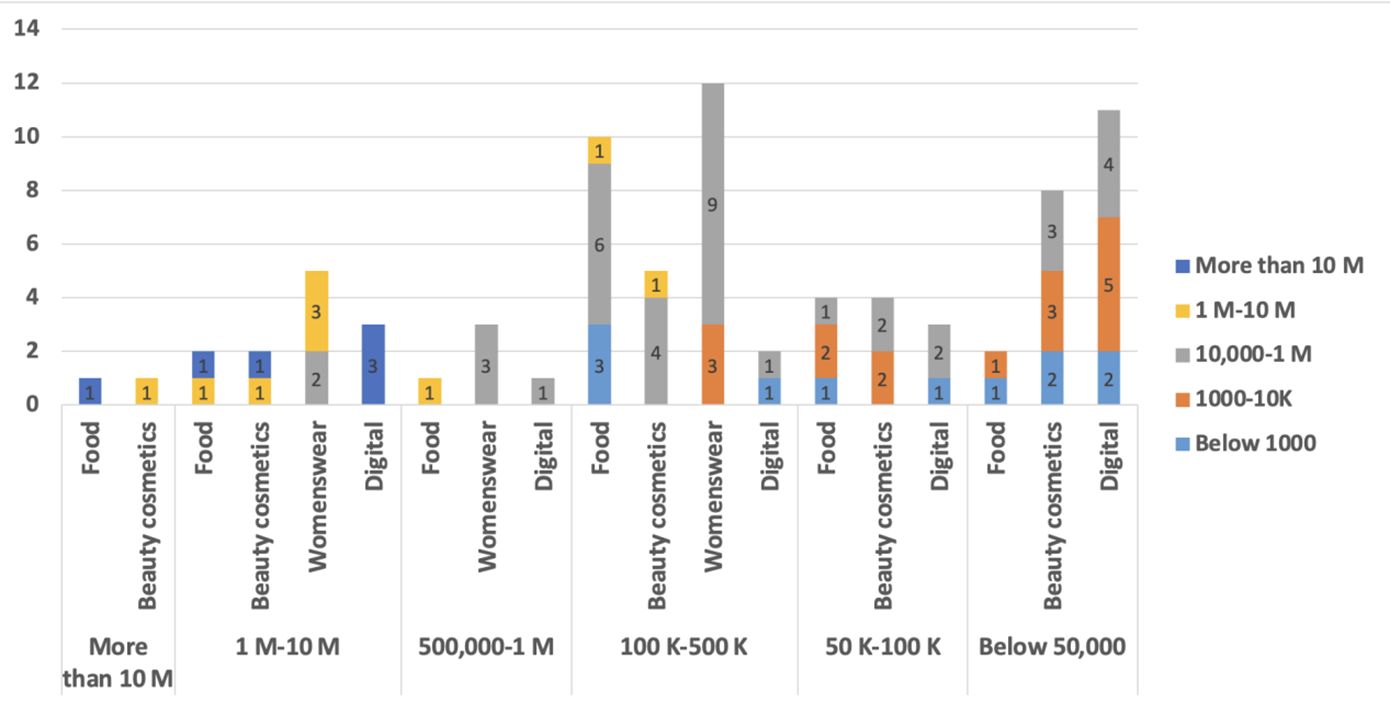
With the rise of social media and the change in consumers’ purchasing methods, the e-commerce live delivery industry has developed rapidly, and live sales have hit record highs. The key influencing factors behind it are worth exploring. This industry has gradually become popular, but it may also prompt the public to have excessively optimistic expectations for it. Therefore, through questionnaire survey, this paper widely disseminated and recycled questionnaire data on social media and analyzed it to explore the public’s views on the industry. In addition, through platform data collection and case analysis, the key factors affecting live broadcast sales are explored. It is found that the public’s understanding of the industry has limitations and good imagination. The current industry situation shows that there may be better choices for a star to transform into a blogger with goods. Online celebrity anchors focusing on bringing goods on platforms such as TikTok are more suitable to give full play to the advantages of bringing goods. There is an apparent positive correlation between the total sales of anchors and the number of fans. A positive correlation exists between the average online number and the total sales. There is a positive correlation between the number of fans and the peak number of online people per game; A medium-sized online peak can gain a larger market share in terms of sales.

 View pdf
View pdf


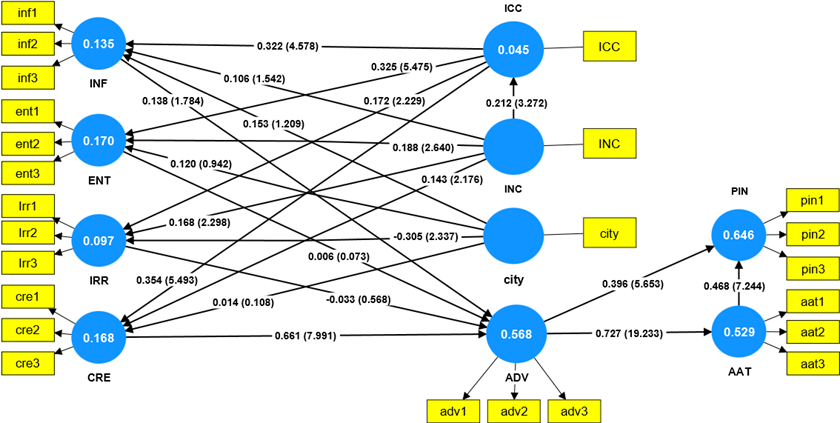
In the past few years, COVID-19 has swept the world. The global economy has been affected. However, the increasing frequency of online shopping increased the budget of many brands in social media advertising. Moreover, this year, many countries, including China, announced the primary end of the epidemic. Against this backdrop, it is unclear whether the epidemic’s impact has affected people’s attitudes towards social media advertising. This paper explores whether COVID-19 has affected the attitude of Chinese residents towards social media advertising. To achieve such a goal, this paper modified the advertising value mode, adding factors to measure the influence caused by COVID-19, disposable income, and city to explore if the attitude towards ads would be affected by different factors in the post-pandemic era. The method uses an online survey to collect data from 219 respondents about their perceived informativeness, entertainment, irritation, credibility, advertising value, and advertising attitude. Influence caused by COVID-19 and disposable income was also collected. The author used Smart PLS 3.0 to analyze the data. The final results show that the advertising value model may not be applicable in China or in such a period. Chinese residents focus on perceived credibility rather than other measure scales of that model. The influence caused by COVID-19 and disposable income positively affects residents’ advertising value and further affects advertising attitude and purchase intention. In addition, it suggests that in the post-pandemic era, researchers should consider the influence of the above factors when studying advertising.

 View pdf
View pdf


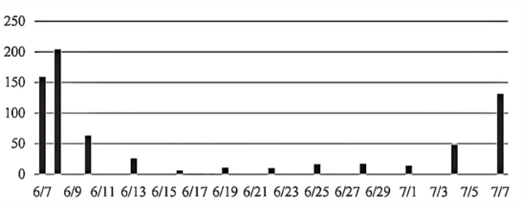
Based on the previous Panopticon theory, this paper proposes new perspectives to observe the gazing behaviors on social media, attempting to regard the onlookers as the gazers who watch and judge specific social issues in cyberspace. To explore the culture and behavioral characteristics of the gazers, this paper resorts to the Virtual Ethnography research method to construct a feasible interpretative model to understand and describe the definition of the collective gaze. This paper finds a dynamic relationship between the gazers and the gazees being gazed at, which can help figure out the mechanisms of the collective gaze, including the motivation of the gazing behaviors and the communication channels among the gazers. In addition, this paper finds that the impacts exerted by the collective gaze are quite complex after quantitative and qualitative analysis of the statistical data, images, and textual information obtained during the research. Overall, this paper provides a reasonable and understandable description of the new media landscape on social media brought by the collective gaze.

 View pdf
View pdf




